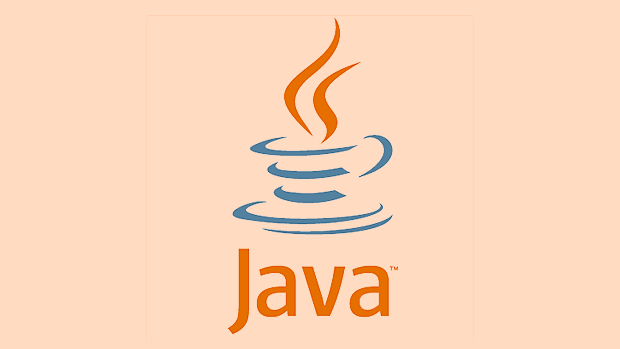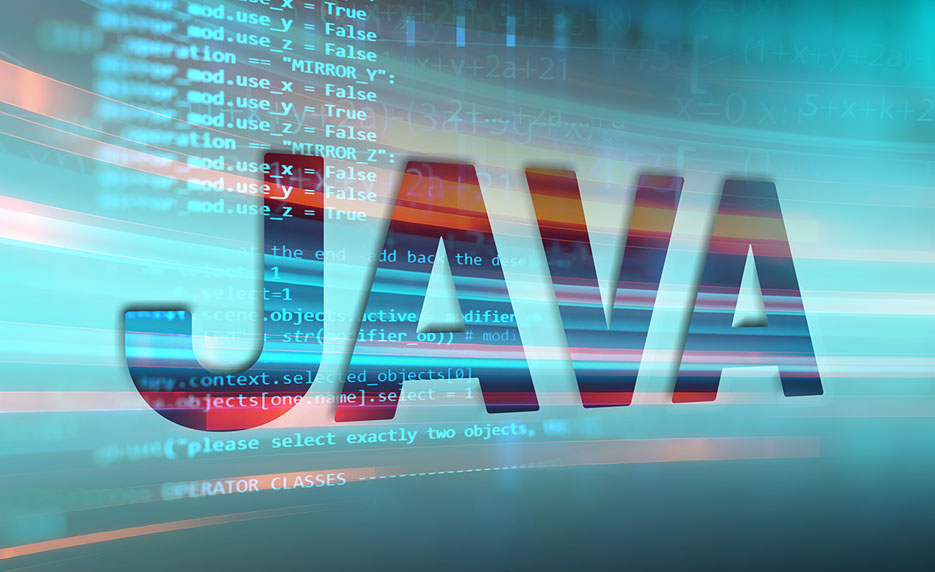How to fix java.io.NotSerializableException?
The core workaround for encountering java.io.NotSerializableException is to ensure that all classes that need to be serialized implement the Serializable interface and check the serialization support of nested objects. 1. Add implements Serializable to the main class; 2. Ensure that the corresponding classes of custom fields in the class also implement Serializable; 3. Use transient to mark fields that do not need to be serialized; 4. Check the unserialized types in collections or nested objects; 5. Check which class does not implement the interface; 6. Consider replacing design for classes that cannot be modified, such as saving critical data or using serializable intermediate structures; 7. Consider using alternatives such as JSON, binary protocol or database storage to avoid problems. During troubleshooting, the object diagram should be checked layer by layer to find the root cause.

I encountered java.io.NotSerializableException usually because you are trying to serialize an object that does not implement Serializable interface. This problem is common when using Java's object serialization function, such as when transferring, caching, or saving object state on the network.

To solve it, the core approach is to ensure that all classes that need to be serialized correctly implement the Serializable interface.
Ensure that the class implements the Serializable interface
This is the most common solution. If one of your class or its parent class does not implement Serializable , this exception will be thrown during serialization.

practice:
- Add
implements Serializableto your class - If there are fields with custom object types in the class, the corresponding classes of these fields must also implement
Serializable
public class User implements Serializable {
private String name;
private int age;
// Constructor, getter, setter, etc.}Note: If you do not want a field to be serialized, you can add the
transientkeyword to modify it.
Check for non-serialized types in collections or nested objects
Sometimes the problem does not occur in the main class itself, but it internally refers to other classes that do not support serialization. For example:
-
ArrayListis used, but it contains the class you wrote yourself, and that class does not implementSerializable - The class contains some third-party library objects, such as
Logger,Connectionand other resource objects.
suggestion:
- Iterate through the entire object graph and check whether each nested object supports serialization
- If some fields do not need to be serialized, mark them out with
transient - For classes that cannot modify the source code, consider changing the design, such as saving only key data instead of the entire object
Check out which category is wrong with the exception information positioning
The exception information will clearly tell you which category caused the problem, such as:
java.io.WriteAbortedException: writing aborted; java.io.NotSerializableException: com.example.MyClass
At this time you will know that com.example.MyClass does not implement Serializable .
Operation suggestions:
- Look at the lowest exception class name in the log
- Find the class and add
Serializableinterface - If this class is something you cannot modify (such as from a third-party library), you may want to consider storing or passing data in another way, such as just keeping its ID or converting it into a serializable intermediate structure
Consider whether serialization is really needed
Sometimes this problem occurs because of design misuse. Not all scenarios need to be serialized natively in Java.
Alternatives:
- Use JSON serialization (such as Jackson, Gson)
- Use binary protocols (such as Protobuf, Thrift)
- Direct serialization of objects is replaced by database storage or shared memory.
This not only avoids NotSerializableException , but also improves compatibility and performance.
Basically that's it. Although it seems simple, it is easy to ignore a certain layer of nested objects in complex projects, so you must patiently view them layer by layer when troubleshooting.
The above is the detailed content of How to fix java.io.NotSerializableException?. For more information, please follow other related articles on the PHP Chinese website!

Hot AI Tools

Undress AI Tool
Undress images for free

Undresser.AI Undress
AI-powered app for creating realistic nude photos

AI Clothes Remover
Online AI tool for removing clothes from photos.

Clothoff.io
AI clothes remover

Video Face Swap
Swap faces in any video effortlessly with our completely free AI face swap tool!

Hot Article

Hot Tools

Notepad++7.3.1
Easy-to-use and free code editor

SublimeText3 Chinese version
Chinese version, very easy to use

Zend Studio 13.0.1
Powerful PHP integrated development environment

Dreamweaver CS6
Visual web development tools

SublimeText3 Mac version
God-level code editing software (SublimeText3)
 How to handle transactions in Java with JDBC?
Aug 02, 2025 pm 12:29 PM
How to handle transactions in Java with JDBC?
Aug 02, 2025 pm 12:29 PM
To correctly handle JDBC transactions, you must first turn off the automatic commit mode, then perform multiple operations, and finally commit or rollback according to the results; 1. Call conn.setAutoCommit(false) to start the transaction; 2. Execute multiple SQL operations, such as INSERT and UPDATE; 3. Call conn.commit() if all operations are successful, and call conn.rollback() if an exception occurs to ensure data consistency; at the same time, try-with-resources should be used to manage resources, properly handle exceptions and close connections to avoid connection leakage; in addition, it is recommended to use connection pools and set save points to achieve partial rollback, and keep transactions as short as possible to improve performance.
 How to work with Calendar in Java?
Aug 02, 2025 am 02:38 AM
How to work with Calendar in Java?
Aug 02, 2025 am 02:38 AM
Use classes in the java.time package to replace the old Date and Calendar classes; 2. Get the current date and time through LocalDate, LocalDateTime and LocalTime; 3. Create a specific date and time using the of() method; 4. Use the plus/minus method to immutably increase and decrease the time; 5. Use ZonedDateTime and ZoneId to process the time zone; 6. Format and parse date strings through DateTimeFormatter; 7. Use Instant to be compatible with the old date types when necessary; date processing in modern Java should give priority to using java.timeAPI, which provides clear, immutable and linear
 Comparing Java Frameworks: Spring Boot vs Quarkus vs Micronaut
Aug 04, 2025 pm 12:48 PM
Comparing Java Frameworks: Spring Boot vs Quarkus vs Micronaut
Aug 04, 2025 pm 12:48 PM
Pre-formanceTartuptimeMoryusage, Quarkusandmicronautleadduetocompile-Timeprocessingandgraalvsupport, Withquarkusoftenperforminglightbetterine ServerLess scenarios.2.Thyvelopecosyste,
 go by example http middleware logging example
Aug 03, 2025 am 11:35 AM
go by example http middleware logging example
Aug 03, 2025 am 11:35 AM
HTTP log middleware in Go can record request methods, paths, client IP and time-consuming. 1. Use http.HandlerFunc to wrap the processor, 2. Record the start time and end time before and after calling next.ServeHTTP, 3. Get the real client IP through r.RemoteAddr and X-Forwarded-For headers, 4. Use log.Printf to output request logs, 5. Apply the middleware to ServeMux to implement global logging. The complete sample code has been verified to run and is suitable for starting a small and medium-sized project. The extension suggestions include capturing status codes, supporting JSON logs and request ID tracking.
 How does garbage collection work in Java?
Aug 02, 2025 pm 01:55 PM
How does garbage collection work in Java?
Aug 02, 2025 pm 01:55 PM
Java's garbage collection (GC) is a mechanism that automatically manages memory, which reduces the risk of memory leakage by reclaiming unreachable objects. 1.GC judges the accessibility of the object from the root object (such as stack variables, active threads, static fields, etc.), and unreachable objects are marked as garbage. 2. Based on the mark-clearing algorithm, mark all reachable objects and clear unmarked objects. 3. Adopt a generational collection strategy: the new generation (Eden, S0, S1) frequently executes MinorGC; the elderly performs less but takes longer to perform MajorGC; Metaspace stores class metadata. 4. JVM provides a variety of GC devices: SerialGC is suitable for small applications; ParallelGC improves throughput; CMS reduces
 Using HTML `input` Types for User Data
Aug 03, 2025 am 11:07 AM
Using HTML `input` Types for User Data
Aug 03, 2025 am 11:07 AM
Choosing the right HTMLinput type can improve data accuracy, enhance user experience, and improve usability. 1. Select the corresponding input types according to the data type, such as text, email, tel, number and date, which can automatically checksum and adapt to the keyboard; 2. Use HTML5 to add new types such as url, color, range and search, which can provide a more intuitive interaction method; 3. Use placeholder and required attributes to improve the efficiency and accuracy of form filling, but it should be noted that placeholder cannot replace label.
 Comparing Java Build Tools: Maven vs. Gradle
Aug 03, 2025 pm 01:36 PM
Comparing Java Build Tools: Maven vs. Gradle
Aug 03, 2025 pm 01:36 PM
Gradleisthebetterchoiceformostnewprojectsduetoitssuperiorflexibility,performance,andmoderntoolingsupport.1.Gradle’sGroovy/KotlinDSLismoreconciseandexpressivethanMaven’sverboseXML.2.GradleoutperformsMaveninbuildspeedwithincrementalcompilation,buildcac
 go by example defer statement explained
Aug 02, 2025 am 06:26 AM
go by example defer statement explained
Aug 02, 2025 am 06:26 AM
defer is used to perform specified operations before the function returns, such as cleaning resources; parameters are evaluated immediately when defer, and the functions are executed in the order of last-in-first-out (LIFO); 1. Multiple defers are executed in reverse order of declarations; 2. Commonly used for secure cleaning such as file closing; 3. The named return value can be modified; 4. It will be executed even if panic occurs, suitable for recovery; 5. Avoid abuse of defer in loops to prevent resource leakage; correct use can improve code security and readability.








